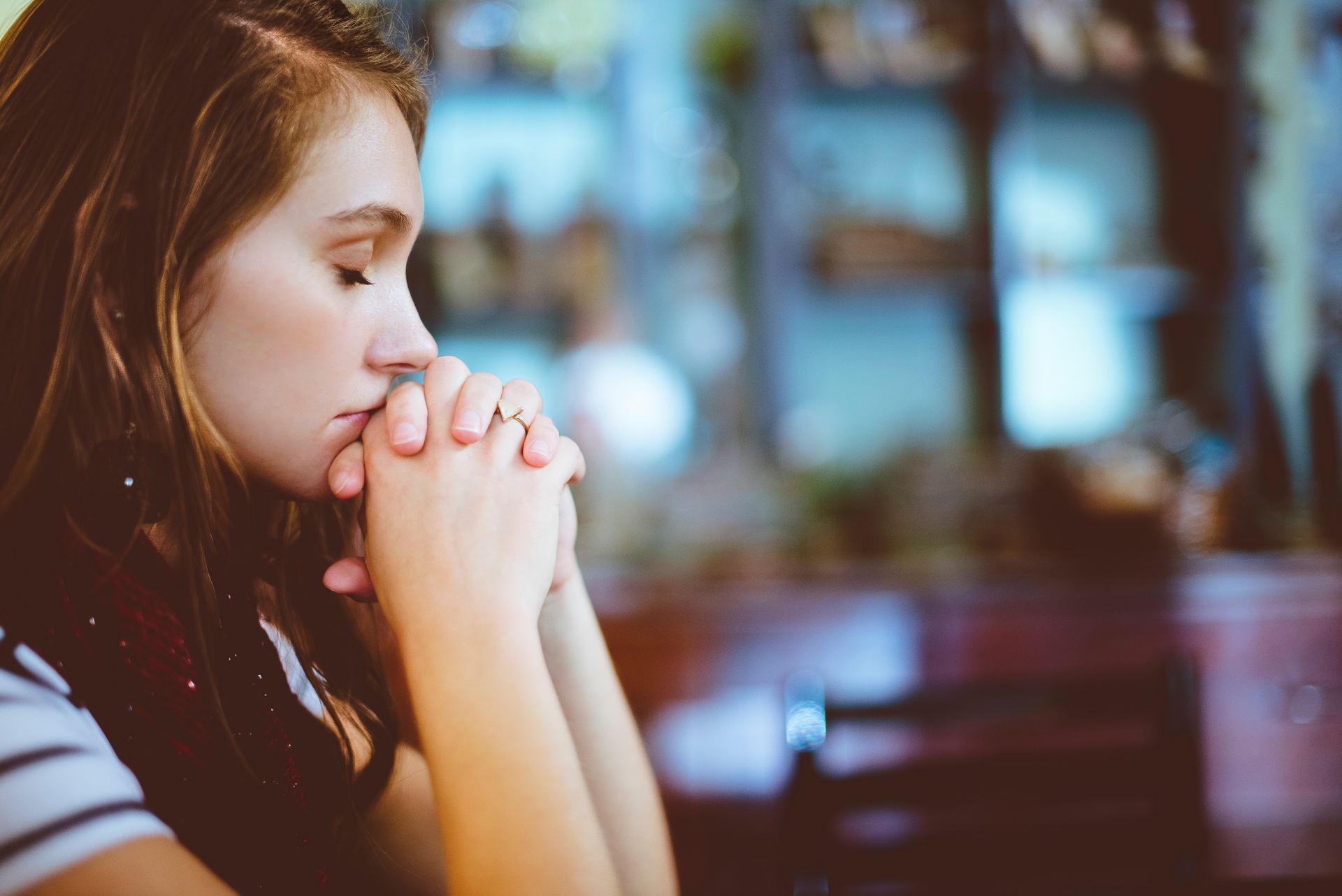Blog


By Wilma Stern-Cavalcante
•
26 Apr, 2023
As we get to know and understand why our challenging parts are there, we are likely to appreciate (or at least wonder) why other people behave the way they do. If all of us can begin to be kind to ourselves maybe one day we will achieve world peace as we will be more likely to be tolerant and compassionate not only towards ourselves, but also to everybody else.

By Dr. Wilma Stern-Cavalcante
•
03 Apr, 2023
We are all imperfect and if we were to accept
ourselves and others with all the imperfections and we were to exercise our
tolerance and compassion, it seems to me that the world would be a much better
place. As a psychologist, I always try to help my clients to be compassionate towards themselves. To accept that we are humans and mistakes are part of the experience as a human.

By Dr. Wilma Stern-Cavalcante
•
06 Nov, 2018
Everyone feels anxious at times. Challenges such as workplace pressures, public speaking, highly demanding schedules or writing an exam can lead to a sense of worry, even fear. These sensations, however uncomfortable, are different from the ones associated with an anxiety disorder. People suffering from an anxiety disorder are subject to intense, prolonged feelings of fright and distress for no obvious reason. The condition turns their life into a continuous journey of unease and fear and can interfere with their relationships with family, friends and colleagues. Anxiety disorders are the most common of all mental health problems. It is estimated that approximately 25% of the population experience an anxiety disorder during their lifetime and many people have both anxiety and depression. They are more prevalent among women than among men, and they affect children as well as adults. Anxiety is a disorder and it is treatable! Unfortunately, they are often mistaken for mental weakness or instability. In addition, the resulting social stigma can discourage people with anxiety disorders from seeking help. Understanding the facts about anxiety disorders is an important step to cope better. Realising that they are medical disorders which can be treated will help to remove the stigma, and encourage people with anxiety disorders to explore the treatments available. A proper diagnosis is key to putting a person with an anxiety disorder on the right treatment path. Many people go undiagnosed for 10 years or more. Since research suggests that many general health care practitioners are unaware of all the appropriate treatments for anxiety disorders, you might consider the option of a specialized anxiety disorder clinic. If such a facility is not available in your area, you may want to look for a psychologist who specializes in anxiety disorders. What exactly are anxiety disorders? Anxiety disorders are a group of disorders which affect behaviour, thoughts, emotions and physical health. Research into their origins continues, but it is believed they are caused by a combination of biological factors and an individual’s personal circumstances, much like other health problems, such as heart disease or diabetes. It is common for people to suffer from more than one anxiety disorder; and for an anxiety disorder to be accompanied by depression, eating disorders or substance abuse. Anxiety disorders can also coexist with physical disorders, in which case the physical condition should also be treated. According to the Diagnostic and Statistical Manual of Mental Disorders – Fourth Edition (commonly referred to as DSM-IV), anxiety can be classified as: Generalized Anxiety Disorder: Characterized by repeated, exaggerated worry about routine life events and activities, this disorder lasts at least six months, during which time the person is affected by extreme worry more days than not. The individual anticipates the worst, even if others would say they have no reason to expect it. Physical symptoms can include nausea, trembling fatigue, muscle tension, or headache. Obsessive Compulsive Disorder: This is a condition in which people suffer from persistent unwanted thoughts (obsessions) and / or rituals (compulsions) which they find impossible to control. Typically, obsessions concern contamination, doubting (such as worrying that the iron hasn’t been turned off) and disturbing sexual or religious thoughts. Compulsions include washing, checking, organizing and counting. Panic Disorder with or without Agoraphobia: As the name suggests, panic disorder is expressed in panic attacks which occur without warning, accompanied by sudden feelings of terror. Physically, an attack may cause chest pain, heart palpitations, shortness of breath, dizziness, abdominal discomfort, feelings of unreality and fear of dying. When a person avoids situations that he or she fears may cause a panic attack, his or her condition is described as panic disorder with agoraphobia. Post-Traumatic Stress Disorder – A terrifying experience in which serious physical harm occurred or was threatened can cause post-traumatic stress disorder. Survivors of rape, child abuse, car accident, war or a natural disaster may develop post-traumatic stress disorder. Common symptoms include flashbacks, during which the person re-lives the terrifying experience, nightmares, depression and feelings of anger or irritability. Social Anxiety – People with social phobia feel a paralysing, irrational self-consciousness about social situations. They have an intense fear of being observed or of doing something horribly wrong in front of other people. The feelings are so extreme that people with social phobia tend to avoid objects or situations that might stimulate that fear, which dramatically reduces their ability to lead a normal life. Specific Phobias – Fear of flying, fear of heights and fear of open spaces are some typical specific phobias. People suffering from a specific phobia are overwhelmed by unreasonable fears, which they are unable to control. Exposure to feared situations can cause them extreme anxiety and panic, even if they recognize that their fears are illogical. How can anxiety disorders be treated? There are two main medical approaches to treating an anxiety disorder: drug therapy and cognitive-behavioural therapy (CBT). Combining the two types of treatment can be effective. Because most anxiety disorders have at least some biological component, anti-depressants and anti-anxiety drugs are generally prescribed. It is important to inquire about possible side effects of any medication. Therapeutic strategies can be effective in reducing symptoms in each of the anxiety disorders. The techniques used include cognitive restructuring, to help people turn their anxious thoughts, interpretations and predictions into thoughts which are more rational and less anxious. People with anxiety disorders may also benefit from controlled exposure to feared objects or situations. Therapy Cognitive-Behavioral Therapy (CBT): A well-established, highly effective, and lasting treatment is called cognitive-behavioral therapy, or CBT. It focuses on identifying, understanding, and changing thinking and behavior patterns. Benefits are usually seen in 12 to 16 weeks, depending on the individual. In this type of therapy the patient is actively involved in his or her own recovery, has a sense of control, and learns skills that are useful throughout life. CBT typically involves reading about the problem, keeping records between appointments, and completing homework assignments in which the treatment procedures are practiced. Patients learn skills during therapy sessions, but they must practice repeatedly to see improvement. Exposure Therapy: A form of CBT, exposure therapy is a process for reducing fear and anxiety responses. In therapy, a person is gradually exposed to a feared situation or object, learning to become less sensitive over time. This type of therapy has been found to be particularly effective for obsessive-compulsive disorder and phobias. Acceptance and Commitment Therapy: Also known as ACT, this type of therapy uses strategies of acceptance and mindfulness (living in the moment and experiencing things without judgment), along with commitment and behaviour change, as a way to cope with unwanted thoughts, feelings, and sensations. ACT imparts skills to accept these experiences, place them in a different context, develop greater clarity about personal values, and commit to needed behaviour change. Dialectical Behavioural Therapy (DBT): Integrating cognitive-behavioural techniques with concepts from Eastern meditation, dialectical behavioural therapy, or DBT, combines acceptance and change. DBT involves individual and group therapy to learn mindfulness, as well as skills for interpersonal effectiveness, tolerating distress, regulating emotions. Medication Medication treatment of anxiety is generally safe and effective and is often used in conjunction with therapy. Medication may be a short-term or long-term treatment option, depending on severity of symptoms, other medical conditions, and other individual circumstances. However, it often takes time and patience to find the drug that works best for you. Four major classes of medications are used in the treatment of anxiety disorders: Selective Serotonin Reuptake Inhibitors (SSRIs), Serotonin-Norepinephrine Reuptake Inhibitors (SNRIs), Benzodiazepine, and Tricyclic Antidepressants. These drugs work by reducing or increasing the absorption of neurotransmitters in the system. If you would like to know more about these drugs, please consult with your physician. Resources Web Sites: CMHA -Canadian Mental Health Association http://www.cmha.ca/mental-health/understanding-mental-illness/anxiety-disorders/ CAAM – Centre for Addiction and Mental Health http://www.camh.net/ ADAC – Anxiety Disorders Association of Canada http://www.anxietycanada.ca/english/index.php ADAO – Anxiety Disorders Association of Ontario http://www.anxietydisordersontario.ca/ McMaster university Medical Center – Anxiety Disorders Clinic (check their Recommended Reading List) http://www.macanxiety.com/satsc.htm CASA - Child, Adolescent and Family Mental Health http://www.casaservices.org/ ADAA - Anxiety Disorders Association of America http://www.adaa.org/ S.T.A.R.T. Clinic http://www.startclinic.ca/ FNHS – From Rollercoaster to Recovery: A Guidebook for Families Navigating the Mental Health System in Wellington-Dufferin Counties http://www.mentalhealthfamilyguide.ca/page.php?id=1 A Few Books: Mind over Mood: Change How you Feel by Changing the Way you Think by Greenberger and Padesky The Mindfulness and Acceptance Workbook for Anxiety by Forsyth and Eifert Treating Generalized Anxiety Disorder by Rygh and Sanderson The Anxiety and Phobia Workbook by Bourne The Mindful Path through Worry and Rumination by Kumar This site has a list of several books on anxiety: http://www.anxietycanada.ca/english/books.php#gad The information presented here comes from the following sources: ADAA: Anxiety Disorders Association of America ADAO: Anxiety Disorders Association of Ontario ADAC: Anxiety Disorders Association of Canada



